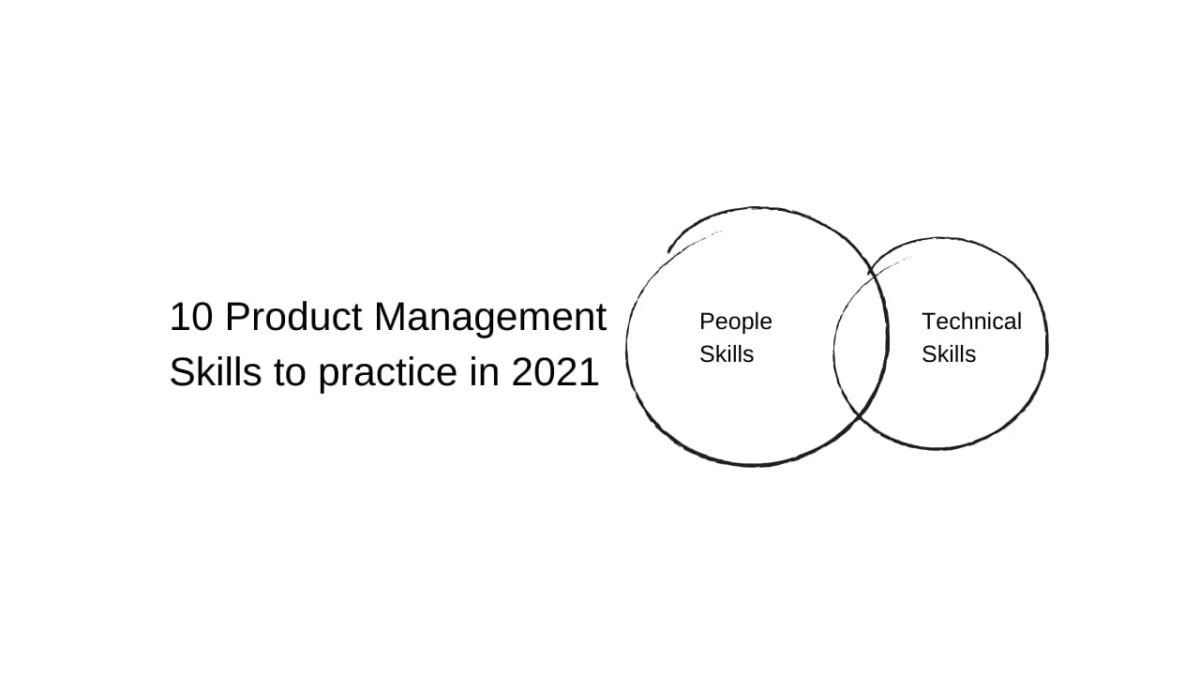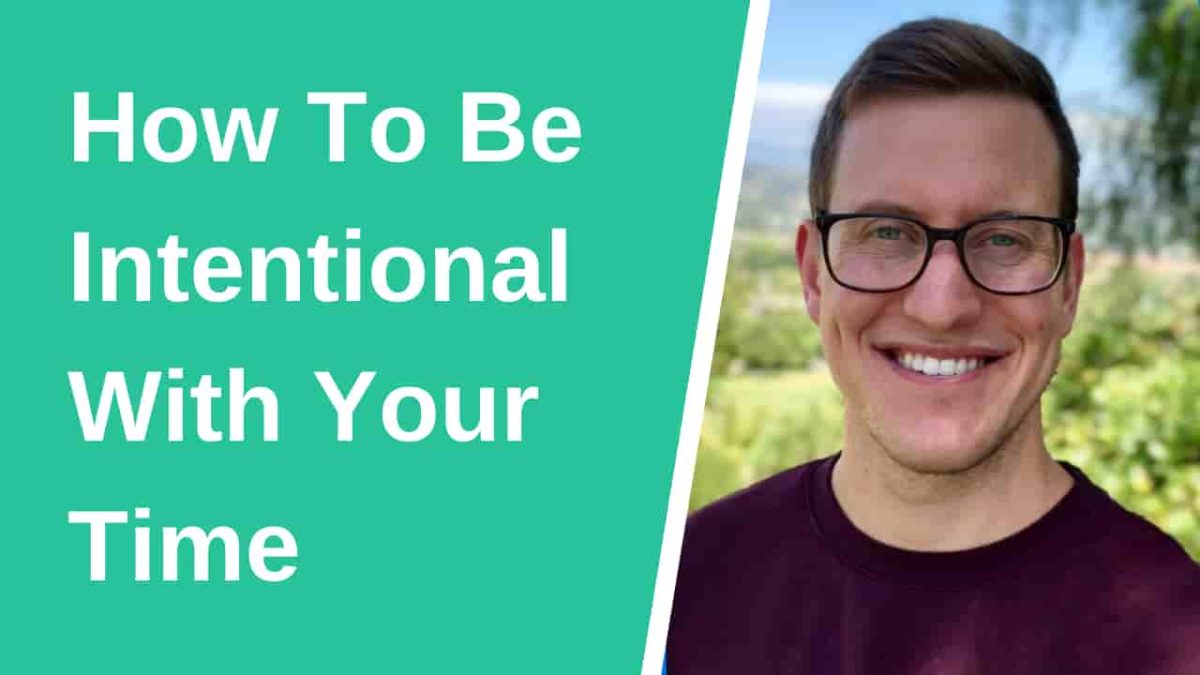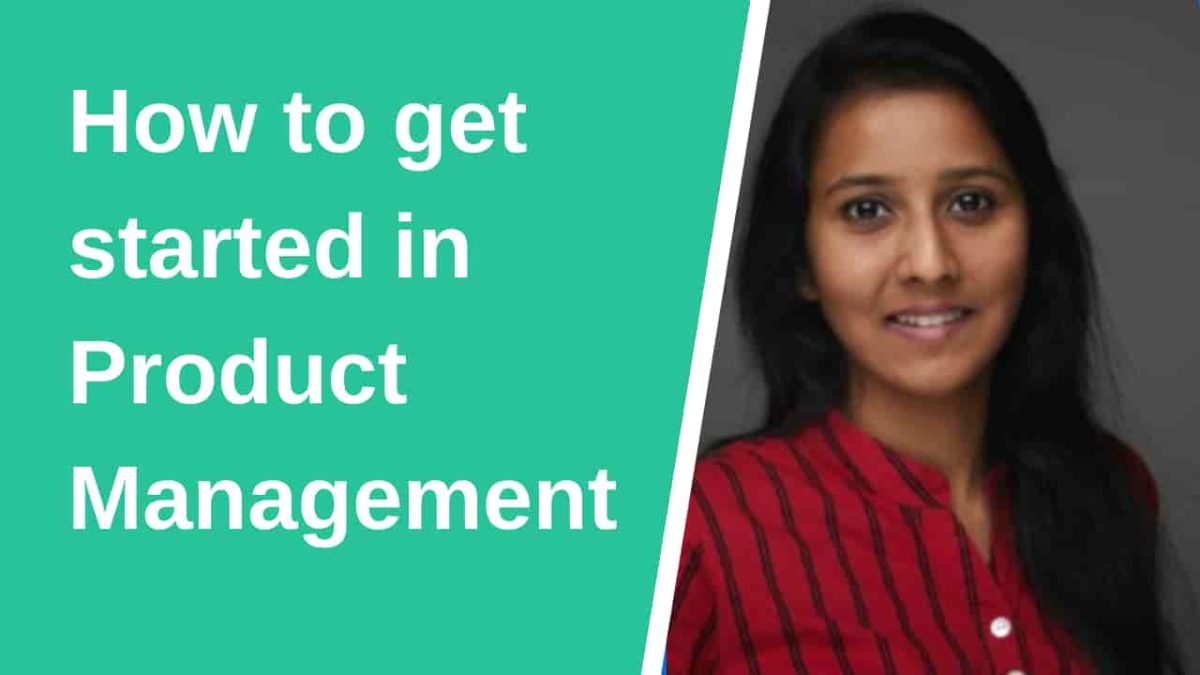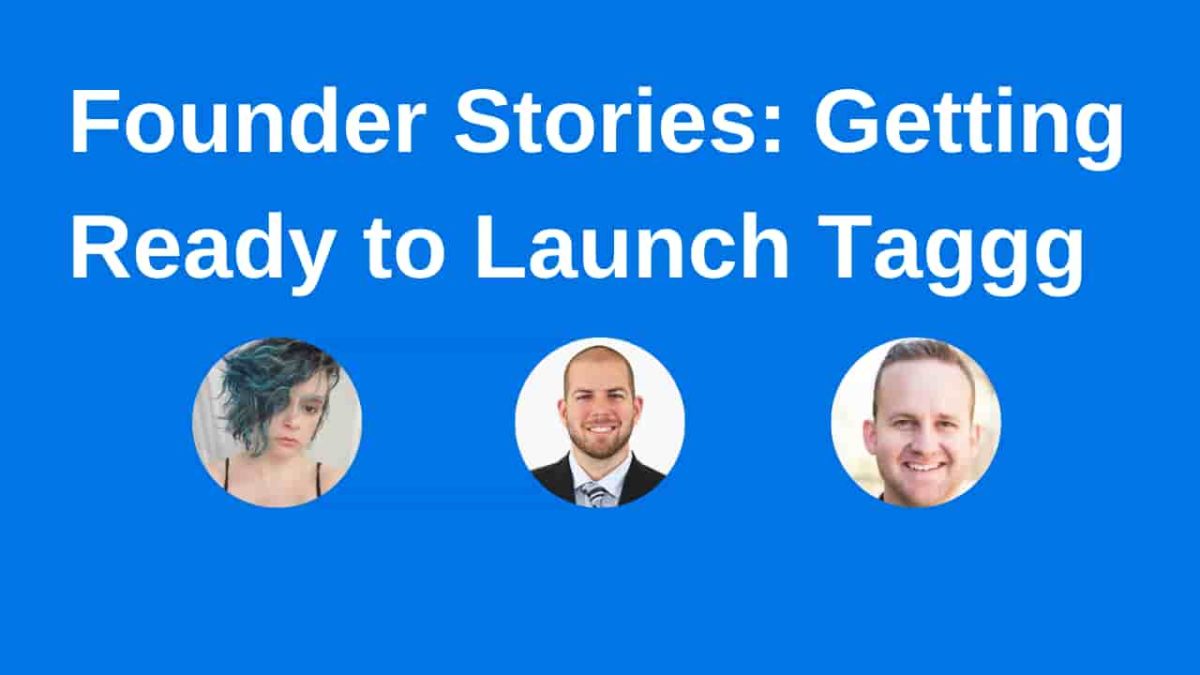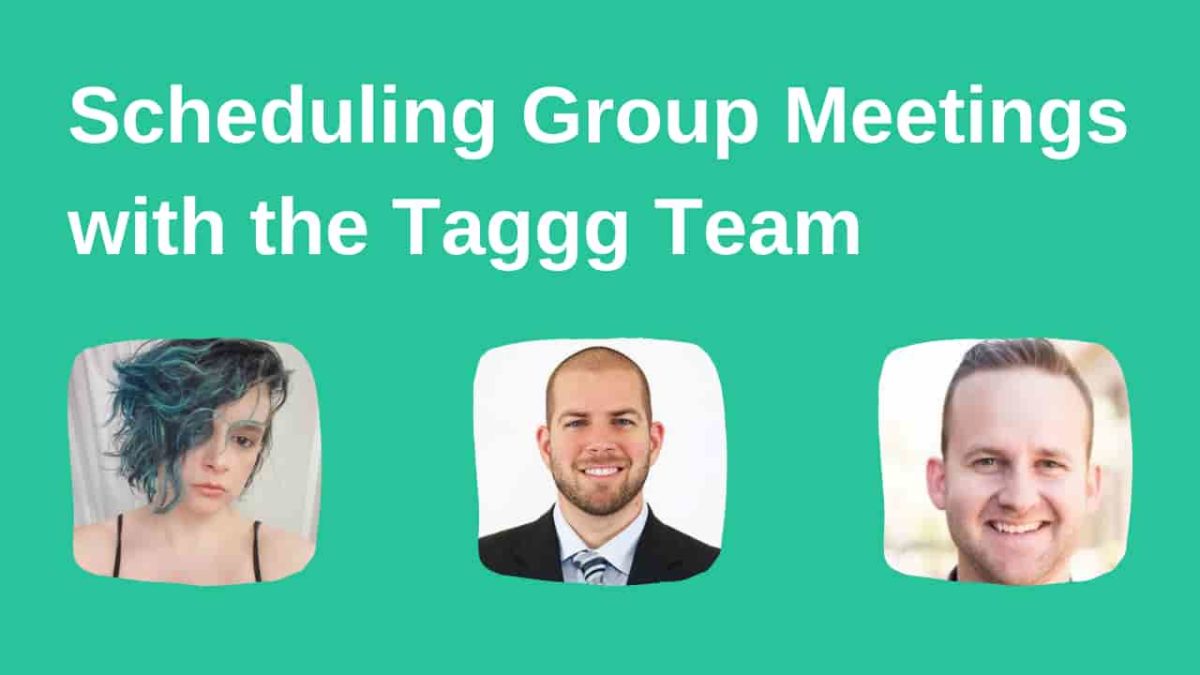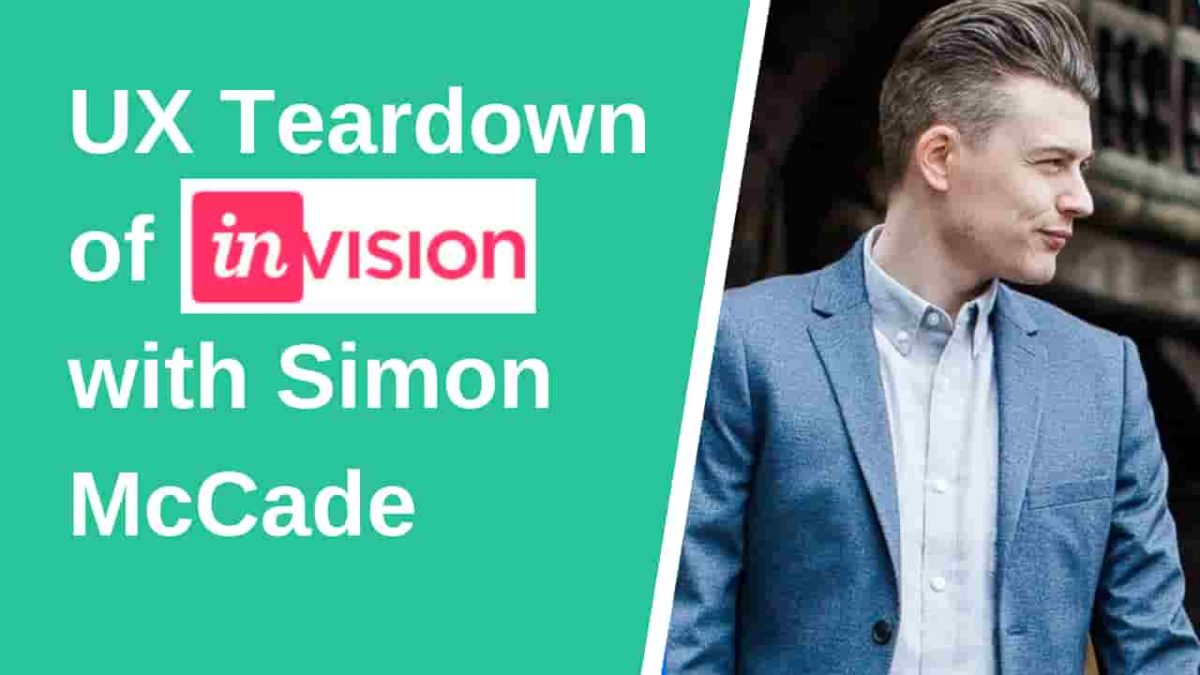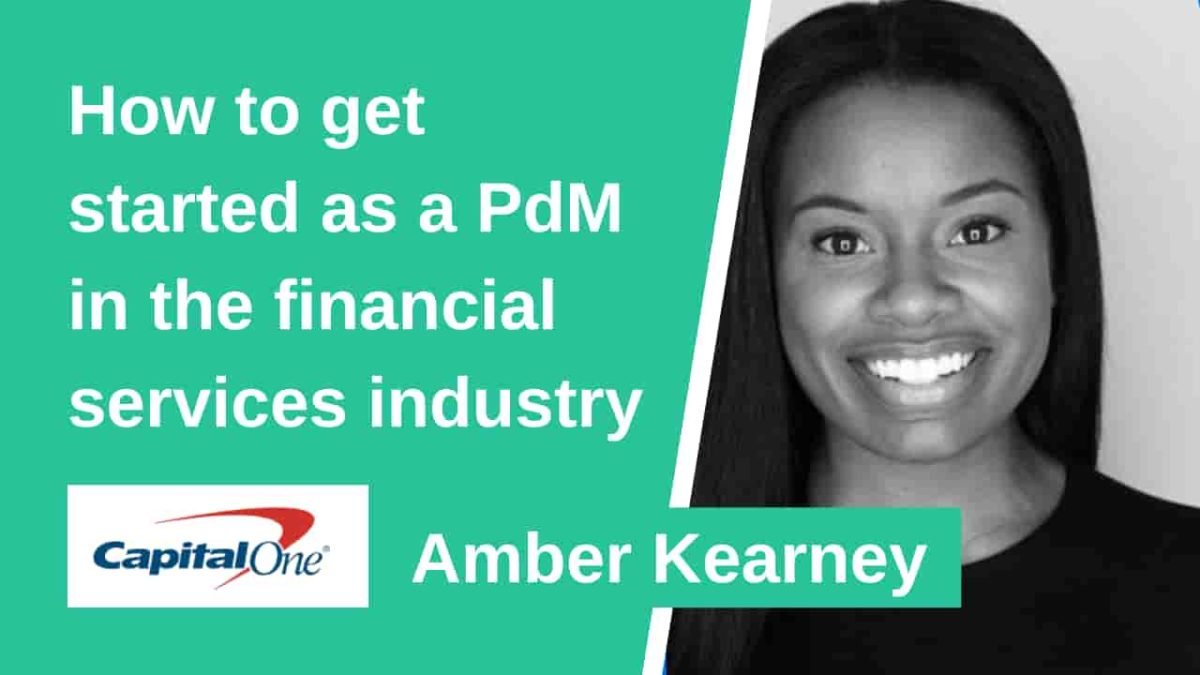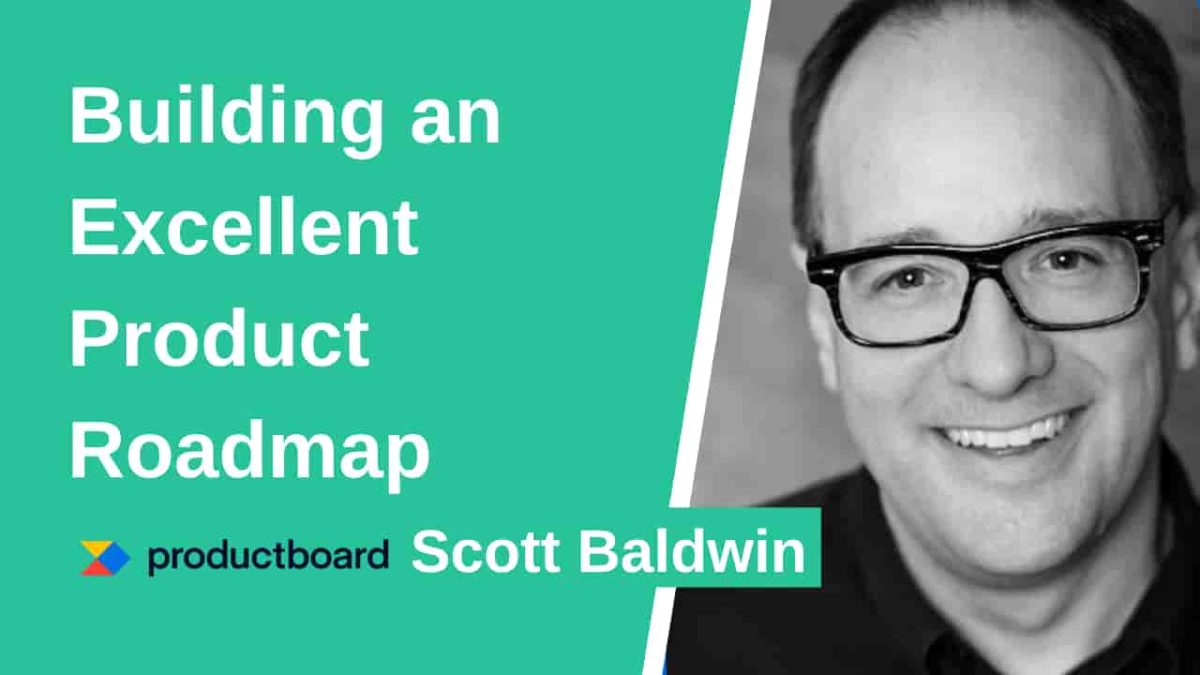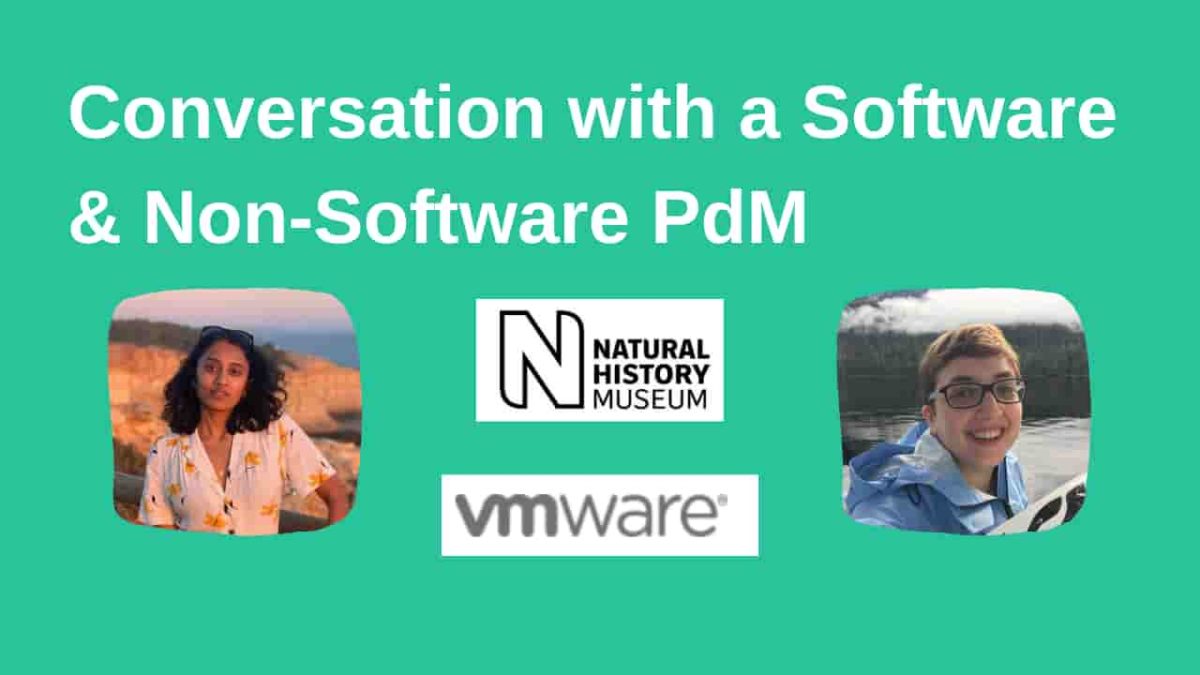Over the last few years, Product Management has exploded. From startups up to fortune 100, companies are seeing the positive value a product manager can bring. As a result, more people are choosing to become a product manager. In this article, I look at 10 product management skills to practice in 2021.
What is a Product Manager?
The reality is that the role of the product manager varies based on a couple of factors. For example, the size and maturity of the organization and the industry. A product manager working at a health insurance company or at a financial institution such as a bank will have similarities and differences between a product manager working at a software streaming service or at a data center software company.
We recently chatted with two product managers and compared and contrasted the different aspects of their roles in an episode of The Product Angle Show. Watch the episode here.
However, having said that, I think the product manager needs to be able to:
- Discover and communicate the product
- Collaborate with the team to execute
- Repeat step 1
In addition, we often hear phrases such as “build products people love” and “build products people need” which are fantastic. However, we have to also remember that to be sustainable the product needs to bring in revenue and meet business goals.
Therefore, my take is to “build products that people buy and use.”
10 Product Management Skills to practice in 2021
The skills below are listed in no particular order. However, you’ll notice from the graphic that I make the distinction between people skills and technical skills. Both complement each other, although I am biased towards people skills. Much literature, courses, and focus is placed on technical abilities. However, in my opinion, in reality, people skills are what takes your product and your career to the next level.
1. Lead by influence
As a product manager, you’ll have a tremendous amount of responsibility. However, zero authority. You’ll need to be able to persuade, influence, and negotiate effectively internally and externally.
You’ll be saying no frequently. Saying no to the sales team can be difficult especially since the sales team can provide:
- Visibility into the context of lost deals (features, pricing, or competition).
- Information around customer questions and issues.
- Access and warm introductions to prospects and customers.
Sometimes these conversations can become heated and therefore you’ll need to manage conflicts and difficult conversations.
2. Build Trust
Without authority, you need to get your team and potential customers excited about your product. Trust is something very easy to lose yet, very hard to earn.
Trust takes time and consistent showing up to build. However, Trust, like love and happiness, is difficult to explain in clear, rational terms. Two of my authors around building trust are Guy Kawasaki and Robert F. Hurley. Both authors talk about trust in their books, I’ve summarized here and here.
3. Customer Research
As Katelyn Bourgoin says “Companies that invest in ongoing customer research grow 2-3X faster. Yet, studies show that only 3 out of 10 teams do it regularly — crazy, right?”
The biggest pushback I’ve heard is that “we don’t want to bother our customers, they are paying and we don’t want to give them a reason to look elsewhere.”
I was at a loss for words when I was told that. After recomposing myself, I asked how do we determine the direction of the product if we don’t talk to the customers?
Another push back I’ve seen (and this is generally from first-time founders) “Customers don’t know what they want if they did the iPhone would never have been invented. Nobody wanted an iPhone.”
To be clear I’m not saying you should listen to and do everything a customer says. However, I am saying:
- Understand what they are trying to accomplish.
- Know what success looks like to them.
- Understand their thought process before they bought your product.
- What are their Jobs to be done.
- If they bought or tried a competiting product, ask why, what worked and what could be improved and why.
As a product manager, you need to be talking to users/ customers/ and potential customers as much as possible.
4. Ability to look at the bigger picture
Does every decision made for your product in some way help achieve two things: 1) add value for the customer and 2) Drive business value?
This becomes possible if you have a clear product vision, strategy, and roadmap to execute.
As new information is available you may need to adapt and make new decisions that might take the product in a different direction.
However, you’ll need to take into account the available data and make decisions that drive the product within the constraints.
5. Sales
Let me be very clear here, as a product manager you do not need to sell. However, as a product manager, you need to understand the buying process of your user/ customer. As someone who has spent years selling, the skills you’ll learn are invaluable. Julian Osterwalder agrees with me.
At an enterprise level, the sales cycle can take anywhere from six months to twelve months. Whereas at a consumer product where switching costs are relatively lower, the sales cycle is much lower. The selling skills and how customers buy will be different.
Retention at an enterprise is higher possibly because of the high initial switching costs. Hence, the longer the sales cycle.
Retention at a consumer might be lower possibly because of the low switching costs. Hence, the shorter the sales cycle.
In addition, product managers need to learn to sell internally as well. As product managers, you’ll need to sell your vision and strategy internally. Especially to engineers.
6. Communications Skills
Communication, collaboration, and negotiation is the cornerstone of the role of product managers, in my opinion. We need to communicate with internal and external team members.
Communicating effectively will facilitate a better understanding of people. Helping build trust, find solutions for conflicts, and create a healthy working environment.
Every team member will have their preference of how they want to be communicated with. However, at a basic level, you’ll need to:
- Write emails
- Document various product learnings and documentation
- Create presentations
- Prepare and run meetings
- Slack style communications
7. Storytelling
Since I’ve mentioned communication as one of the 10 Product Management Skills to practice in 2021, to take communication further. Communication can create noise, if not done appropriately. Think about that one person who sends you an email for nearly everything. I once worked with a colleague who would reply to every email with the word “noted”.
Storytelling can help you cut through the noise and connect with your audience, internally and externally. For example, a presentation becomes more engaging if it tells a story versus 2 facts on every slide.
While facts are important for example, monthly active users. However, knowing why they use the product or what they’ve achieved using the product connects at an emotional level. It puts the users at the center.
Finally, stories are easier to remember.
8. Understand Tradeoff’s
As Jeroen De Flander’s quote appears in April Dunford’s Obviously Awesome book. You cannot be everything to everyone. If you decide to go north, you cannot go south at the same time.
Product Tradeoff needs to be made to serve your target user. As a product manager, you’ll have access to quantitative and qualitative data. You’ll need to be able to go through the data and make decisions that shape the direction of the product.
9. Prioritization and Sequencing
As a product manager, feature requests will come at you from multiple directions. Externally from customers, and internally from multiple stakeholders including sales. Each will require you to go in different directions.
Prioritization techniques help you evaluate different ideas and the amount of work needed to ship those ideas. Therefore, hopefully reducing waste and working towards a product that creates the most impact for your users.
Expect priorities to shift, as budgets are cut, resources leave, and even consumer tastes and preferences change. However, based on the constraints prioritization can help you answer:
- What has the biggest impact on the users.
- How does this impact our business goals?
- Are we continue to add value while keeping within our strategy/ vision?
Intercom has written about Prioritization:
– RICE: Simple prioritization for product managers,
– The first rule of prioritization: No snacking, and
– Prioritizing Features: Who’ll Use It & How Often?
Prioritization is something that gets a lot of attention. Sequencing, in my opinion, is more about reprioritizing based on how fast the user can get to the desired outcome, and therefore, the product is adding value to the customer (as fast as possible).
10. Ship that Product
Finally, every product manager needs to be able to get shi*t done and ship that product. To be clear we need to ship products that people want to buy and use. Products that add value to the user and solve a challenge in their lives.
Practice not read
Product managers are active learners and as such, you can read about any of the above-mentioned skills. However, to really understand the skill you in my opinion need to take a three-step approach to learn and learning by doing.
- Absorb the information (read, listen, and watch) materials
- Practice those skills in a safe environment
- Talk about the nuances with your peers and experienced product managers
Now, I am not suggesting you go and spend a large sum of money on courses and coaches. Read If not Courses and Coaches, how else do I learn Product Management? I like Sugandha’s take. Certain skills cannot be taught by reading books. As a product manager, you need to develop curiosity. Be aware of product trade-offs and decisions made.
For example, Instagram recently changed the position of reels in their app. Find out why, talk to other product managers, understand the experience and tradeoffs. This curiosity is going to take you further than any course.
However, if you are someone who needs structure and access to peers and experienced product managers, we are offering a 4-week online cohort-based course where you’ll learn step-by-step strategies and tools to build alignment in your team.
Accelerate your career by learning to influence, communicate, coach effectively. Confidently say no, give & receive feedback, learn how to have those difficult conversations, and manage conflict while building trust within your team.

